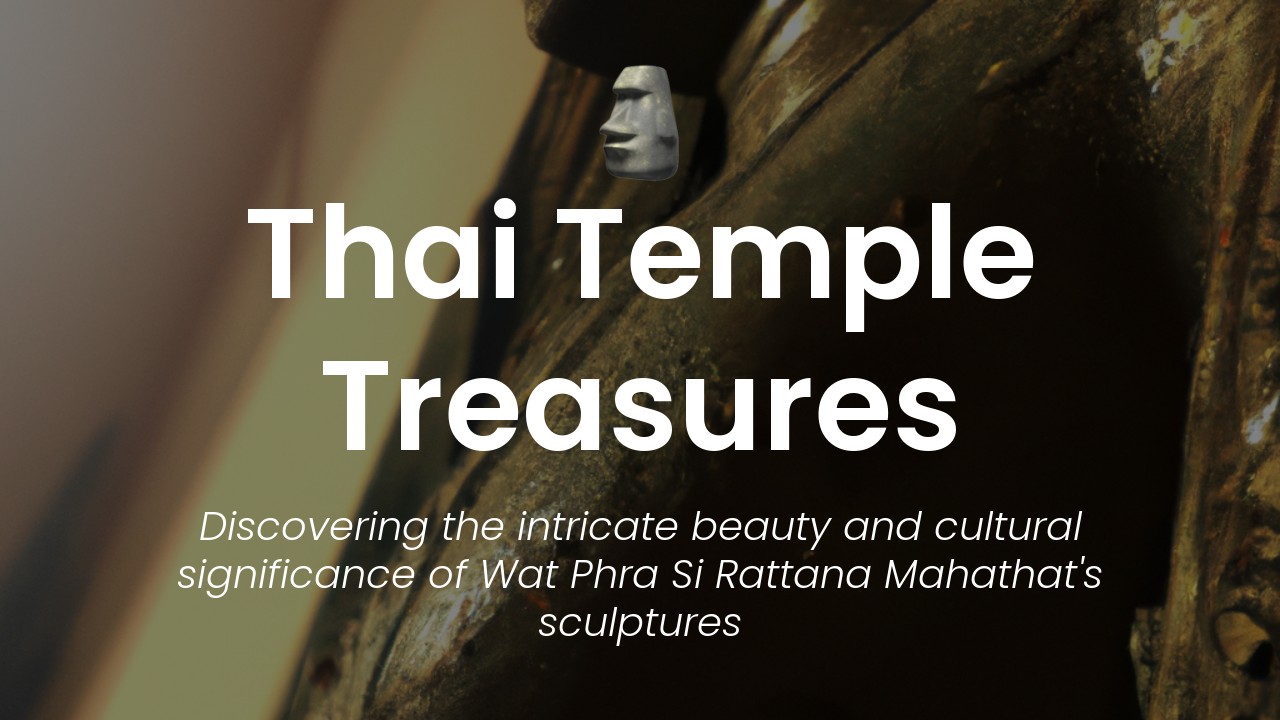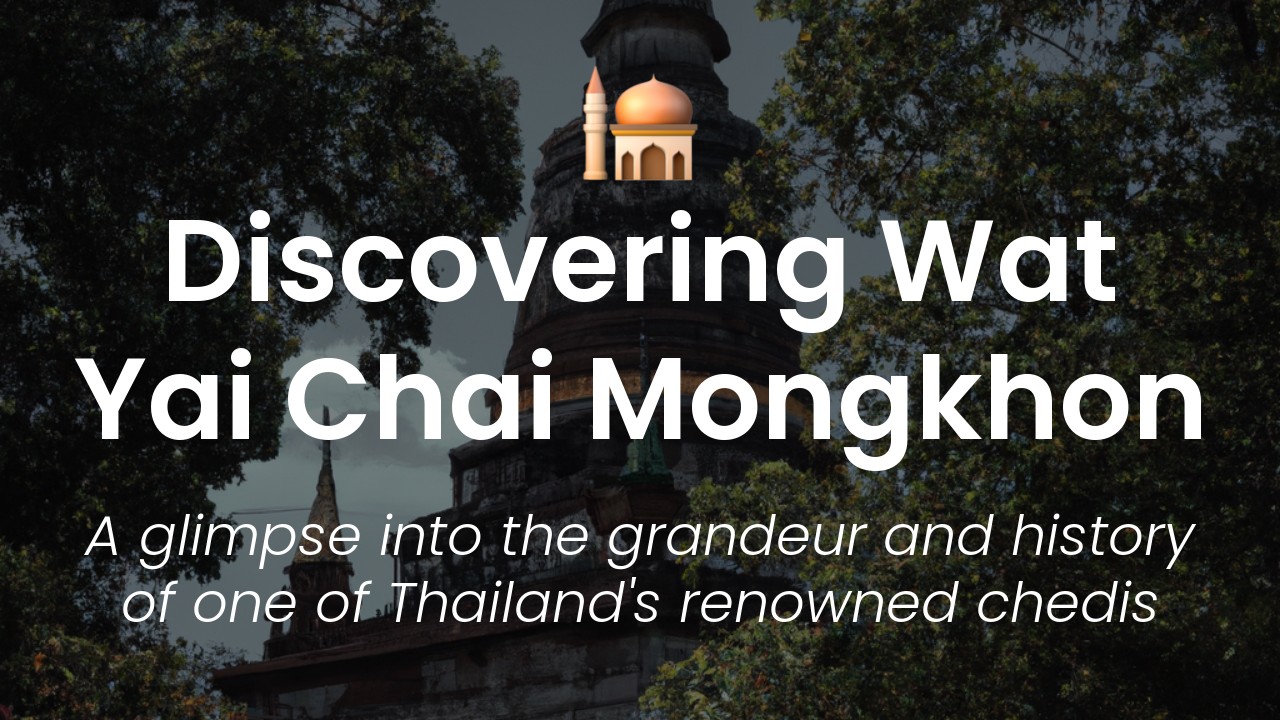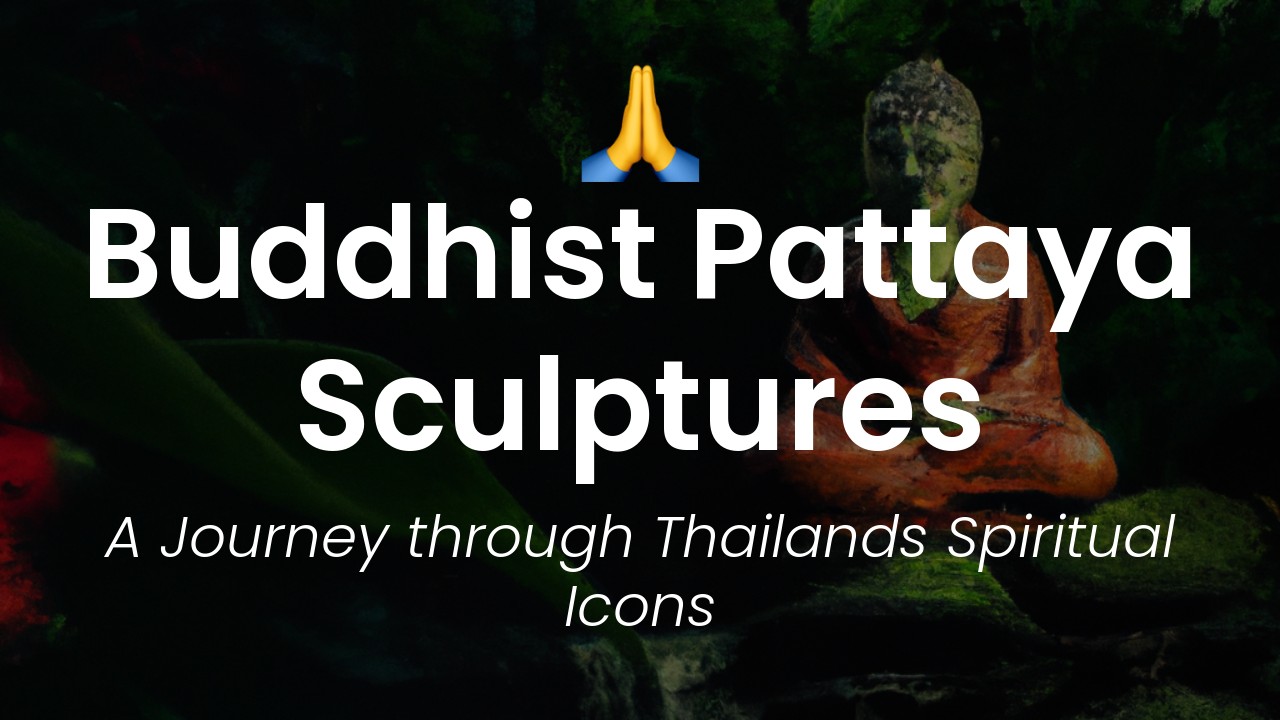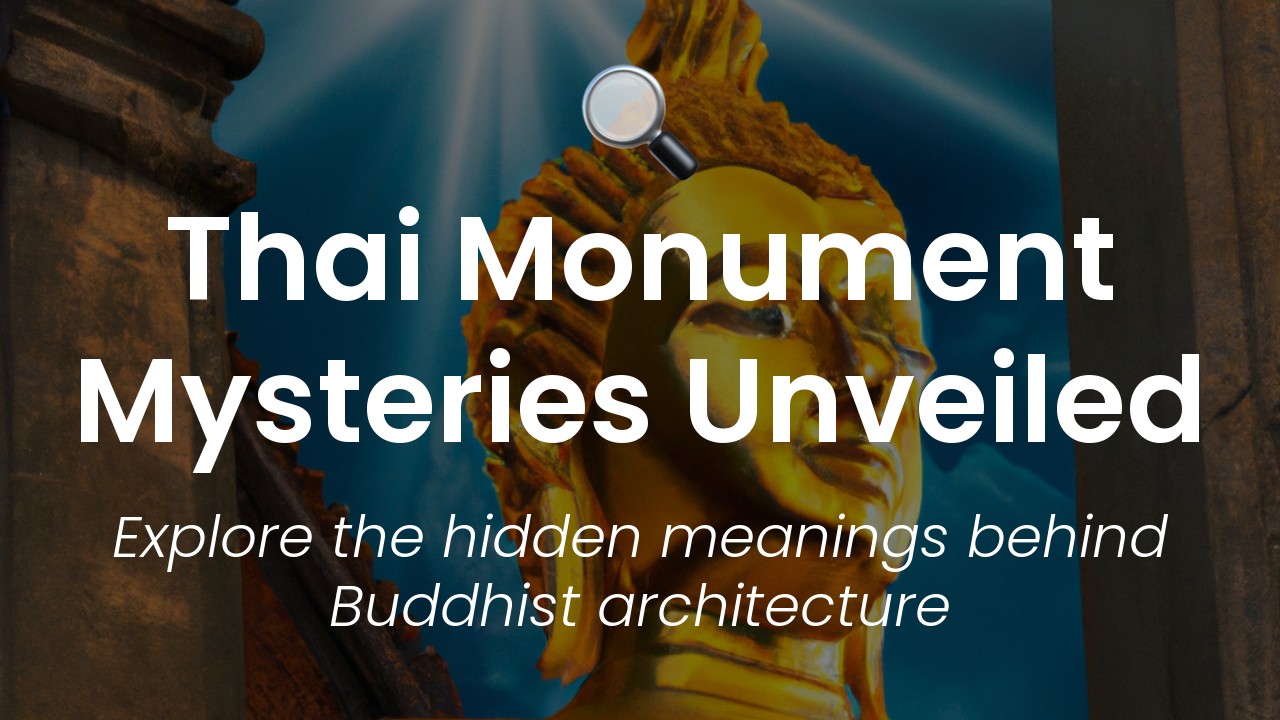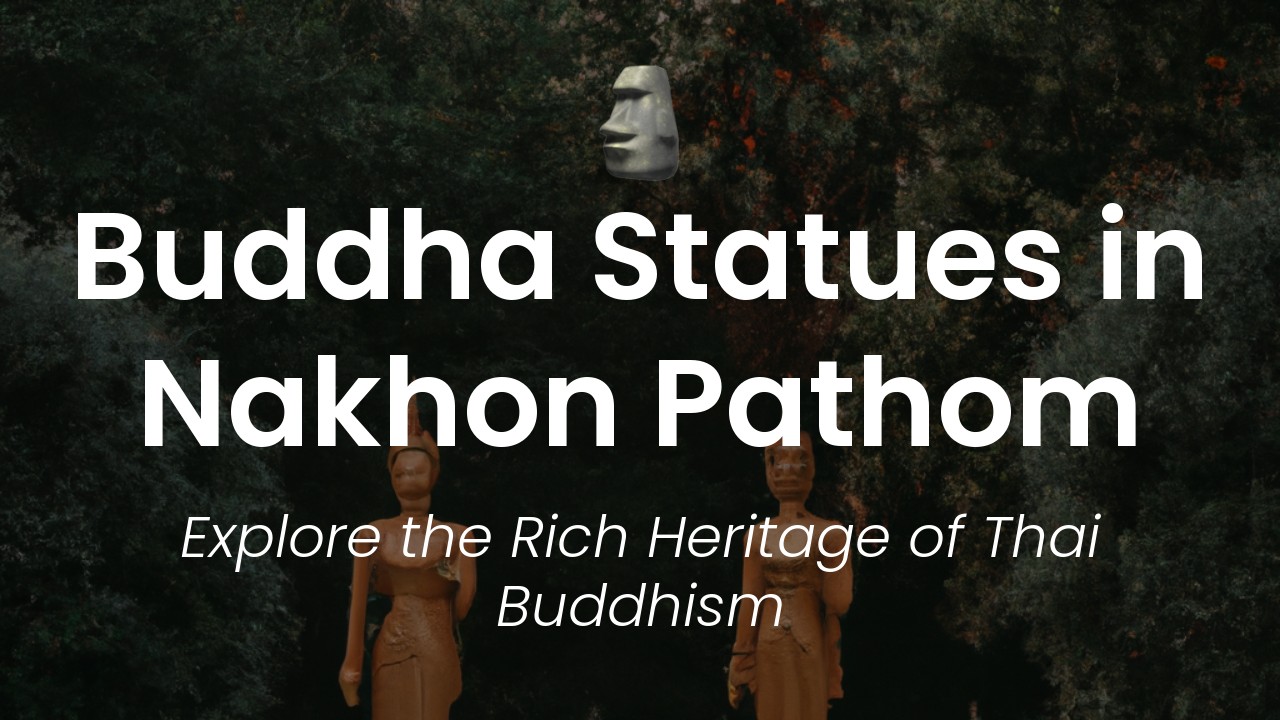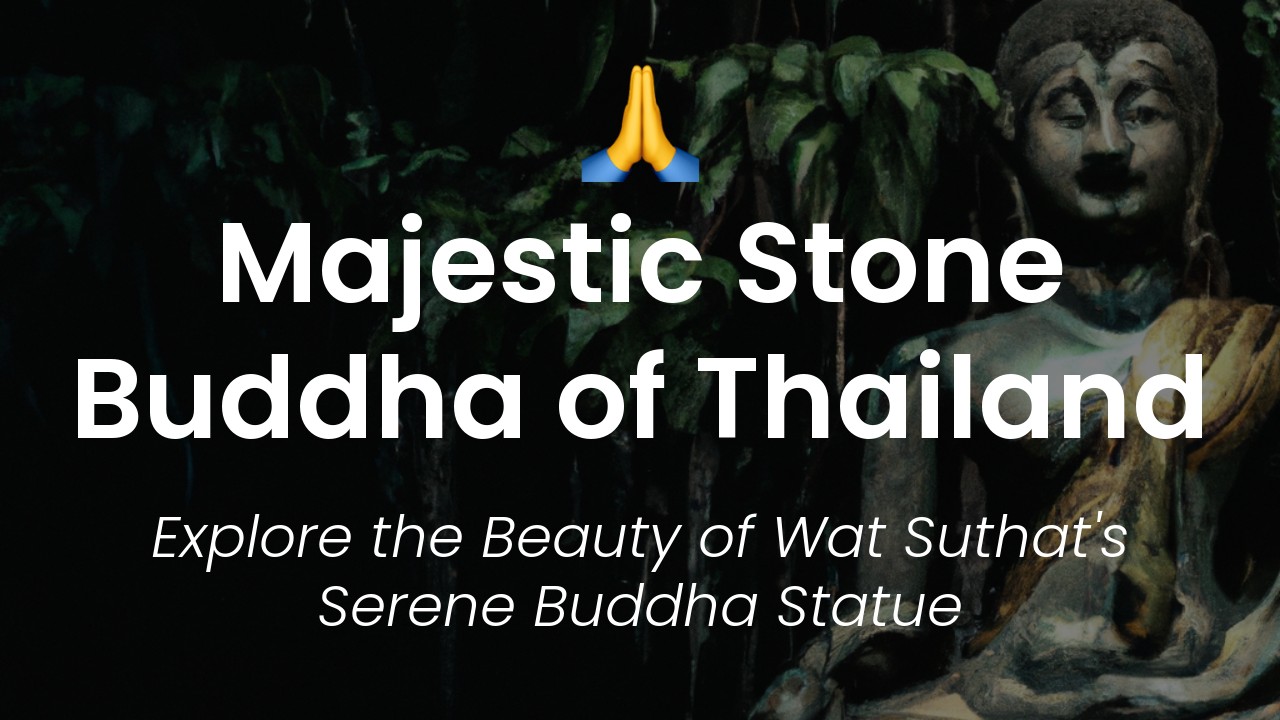Hello there! As a proud Thai woman, there's nothing I love more than sharing my country's rich cultural heritage with the world. Today, I'm thrilled to take you on a journey to one of the most breathtaking cultural marvels in Thailand – Wat Chedi Luang Stupa.
Located in the heart of Chiang Mai's old city, this ancient complex dates back to the 14th century and has seen its fair share of tumultuous historical events. Despite this tumultuous past, Wat Chedi Luang Stupa has emerged as one of the most beautiful structures you'll ever lay your eyes on.
As soon as you step foot on this sacred temple's grounds, you'll be transported to a world of ancient, awe-inspiring splendor. Every nook and cranny exudes the essence of Thai culture, and every stone whispers of the kingdom's rich history.
With its towering pagoda and intricate mosaic details, Wat Chedi Luang Stupa is a true masterpiece of architecture and art. It's a living testament to the power and resilience of Thai culture, and a reminder of just how much beauty there is to be found in every corner of this magnificent country.
History and Origins of Wat Chedi Luang
Wat Chedi Luang is a Buddhist temple located in Chiang Mai City, in the northern region of Thailand. The temple is famous for its large stupa, the heart of the temple, which stands at approximately 60 meters tall and is one of the most significant cultural landmarks in Chiang Mai.
The construction of Wat Chedi Luang and its stupa began in the 14th century, during the reign of King Saenmuangma. It was completed and expanded during the reign of King Tilokkarat in the early 15th century. The stupa, named after the temple, was originally over 80 meters tall, making it one of the tallest structures in ancient Chiang Mai.
The stupa was designed in a square shape with a stepped base and was built using a combination of laterite, mud, and brick. It was adorned with intricately carved stone sculptures of elephants, lions, and mythical creatures.
The Magnificence of the Stupa
Despite losing more than half of its height due to damage during an earthquake in the late 16th century, Wat Chedi Luang's stupa still stands as an impressive testament to ancient Thai architecture and engineering.
The stupa's base features meticulously cut stone slabs that continue to amaze visitors with their precision and stability. The carved animals that once adorned the stupa can be seen at the base, still providing a glimpse into the exquisite craftsmanship of the original artisans.
The upper part of the stupa, which has been reconstructed, is still an imposing sight. Its majestic pinnacle is topped by a golden parasol, symbolizing the pinnacle of Buddhist attainment. On the four sides of the stupa are niches that once contained sacred relics and images.
The Mythology and Legends Surrounding the Temple
Like many ancient buildings in Thailand, Wat Chedi Luang has its fair share of myths and legends that have been passed down through the generations. One of these stories involves King Tilokkarat, who is said to have hidden a valuable relic inside the stupa during construction.
Another legend concerns the city's founding.
According to this legend, King Mengrai, the founder of Chiang Mai, was inspired by a dream in which he saw a powerful elephant kneeling in the center of a valley. He took this as a sign from Buddha and built his kingdom there. This sacred elephant is said to be buried within the grounds of Wat Chedi Luang.
The Restoration and Renovation of Wat Chedi Luang
Over the centuries, Wat Chedi Luang's stupa had suffered serious damage from natural disasters and general neglect. A major restoration effort was launched in the early 1990s with the help of UNESCO, which designated the temple a World Heritage Site.
Today, the stupa remains a magnificent sight, attracting visitors from around the world.
The Art, Sculptures, and Architecture of the Temple
Wat Chedi Luang's stupa is undoubtedly the centerpiece of the temple complex, but there is much more to see at this historic site. Visitors will find a variety of intricate carvings, sculptures, and murals adorning the temple's walls.
The main hall of the temple is home to a stunning standing Buddha figure, which dates back to the early 15th century. The sculpture is made of bronze and stands at an impressive 9 meters high.
In addition to the main hall, there are also smaller temples and shrines scattered throughout the complex. These include the City Pillar Shrine, home to a large wooden pillar believed to protect the city from harm, and the Elephant Shrine, featuring life-size elephant sculptures.
The Religious Significance of Wat Chedi Luang
As a Buddhist temple, Wat Chedi Luang has significant religious importance to Thai people and visitors alike. The temple is still used for religious ceremonies and observances, and visitors are encouraged to dress modestly and show respect when exploring the grounds.
Visitors may also have the opportunity to witness Buddhist monks performing blessing ceremonies or engaging in meditation and contemplation.
Visiting Wat Chedi Luang and Tips for Tourists
Wat Chedi Luang is open to visitors every day, from early morning until late afternoon. Admission is free, although donations are welcome and appreciated.
When visiting the temple, visitors should dress modestly and respectfully. This means covering shoulders and wearing long pants or skirts. Shoes must be removed before entering any of the temple buildings.
Tourists should also be aware that Wat Chedi Luang can become quite crowded, especially during peak travel season. To avoid the crowds, try to visit early in the morning or late in the afternoon.
In conclusion, Wat Chedi Luang is a cultural marvel in Thailand that offers a glimpse into the history and traditions of the country's Buddhist culture. Its stunning stupa, intricate carvings, and sacred relics make it a must-visit site for anyone traveling to Chiang Mai. Whether you're interested in history, art, or religion, Wat Chedi Luang is sure to impress and inspire.


